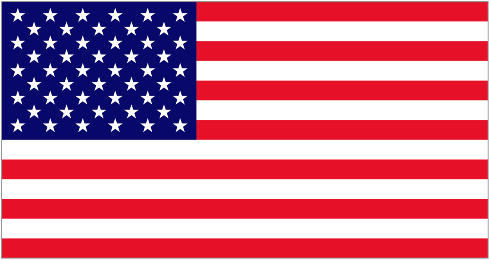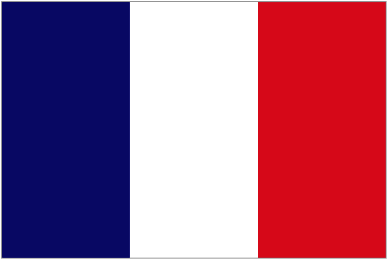There is something magical about tuning the Venezuelan Cuatro. Its four strings carry the playful, bright sound that defines much of Venezuela’s folk music, especially the joropo. But unlike a guitar or ukulele, the Cuatro uses a reentrant tuning that makes its sound unique and instantly recognizable.
What Makes Cuatro Tuning Unique?
The standard Cuatro tuning is A–D–F#–B. What sets it apart is that the last string (B) is tuned an octave lower than expected, creating the reentrant effect that makes strumming both upwards and downwards sound beautifully balanced. This unusual order of pitches gives the Cuatro its lively, ringing tone.
What is the tuning of a Cuatro instrument?
To start tuning the Cuatro, It is a matter of having a tone of reference (typically, a tuning fork is used with A). Once you have an A (440Hz) tone, you can use this tone to tune the first string of the Cuatro, the one closest to you, from the musician’s perspective.
Tuning the Cuatro follows a reentrant method, which makes it unique compared to other string instruments. The process is quite simple if you have a reference tone, such as a tuning fork or a digital tuner, typically set at 440Hz (A). The standard Cuatro tuning is A-D-F#-B. The last string, B, is tuned an octave lower than usual, giving the Cuatro its characteristic sound. Here’s how to tune each string:
- First String (A): Start by tuning the first string (closest to you) to A.
- Second String (D): Press the A string on the 5th fret to get a D note and tune your second string accordingly.
- Third String (F#): Press the D string on the 4th fret and tune the third string to match the F#.
- Fourth String (B): Use the A string on the 2nd fret to match the B note for the last string.
Tip: Using an electronic tuner can make the process easier, ensuring accurate pitch.
🎸 Struggling to Tune Your Cuatro?
Book a Call With a Pro and Get It Right in 30 Minutes
👉 Book a 1-on-1 Session with a Cuatro master and fix your rhythm, chords, or technique in just 30 minutes.
Still unsure? Watch this instructional video by Cuatrista Darwin Medina for a hands-on demonstration: ">How to Tune a Cuatro
We recommend you do the instrument tuning from the first string to the last; each string of the Cuatro needs to produce the following notes:
- 1st String: A
- 2nd String: D
- 3rd String: F#
- 4th String: B
Once you finish tuning the top string as an A note, then you can proceed to tune the second string. You can do so by pressing the A string on the 5th fret, which is a D note. The second string should be tuned to align with the D string.
The next step tuning the 3rd string, needs to sound like the 2nd string on the 4th fret. This is the famous F#. After that, the very final step is to tune the 4th string by using the 1st string on the 2nd fret being B.
If you’re just starting with tuning any stringed instrument, we invite you to see some images and references on how to position the fingers at the fretboard when tuning, so you can obtain each note.
The Tuning of a Cuatro Vs. Tuning of a Guitar
The tuning should sound like (a traditional reference) Cam-Bur-Pin-Ton. Very traditional and sounds just like a tuned Cuatro. As a result of the tuning, you might notice that unlike conventional instruments like a guitar, the thickness of the strings does not follow a descending pattern. The thinnest and highest string is the 3rd string being F# and the last string is essentially as low as the first one. Don’t worry, this is totally normal! This allows for the sounds to be in sync whether you are strumming upwards or downwards. Give it a try by strumming up and down and you will see what we mean!
Listen to a tuned cuatro and compare it with yours:
Tuning the Cuatro
Herewith also a demonstration and tuning session by Adrian Toro…for this one, please remember to turn on your Subtitles:
In conclusion, tuning a Cuatro is not the same as tuning a Guitar or a Ukulele. Tuning a Cuatro may feel tricky at first, but with practice it becomes second nature. Every cuatrista, from beginners to masters, has gone through the same process of learning these four strings. Once your Cuatro is in tune, you’re not just ready to play—you’re ready to unlock the joyful, heartbeat sound of Venezuela’s most beloved instrument.
Check this video out to hear how a tuned Cuatro can produce such beautiful melodies and armonics:


